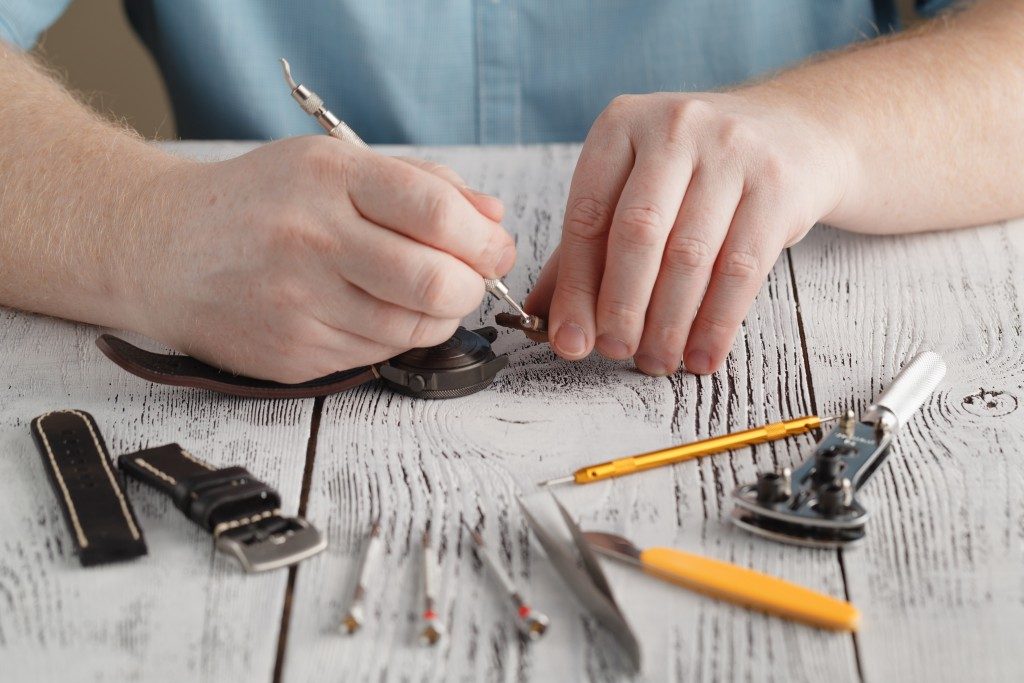Today’s digital world keeps us regularly informed of the time. Most mobile phones, digital watches, and fitness trackers go well beyond, providing us with detailed weather, location, and health information. Somehow, though, the classic analog watch retains its enduring appeal. People continue to seek out quality, elegant timepieces to wear on their wrists.
Yet in Ohio and the rest of the country, skilled watchmakers are departing the workforce every year, and few qualified young individuals come in to replace them. If you have an interest in horology, here’s why you should consider learning watchmaking in Ohio.
Opportunity in the area
With the decline in the number of experienced watchmakers, opportunities to learn the skill are getting harder to come by. Although, as with most things nowadays, you can get started some Youtube tutorials and other online resources, you’ll soon encounter limits to what you can learn purely using this method. You may even pick up some bad habits or unprofessional practices, depending on the skill level of the individual/s making these resources.
As a craft, watchmaking was traditionally passed on from master to apprentice. This system still survives to this day, but few professional watchmakers have the time – or inclination – to take on apprentices. A more accessible venue for learning all about the inner workings of the various wheels, bridges, and torsion springs would be the American Watchmakers and Clockmakers Institute in Harrison, Ohio. They conduct numerous events and classes for different skill levels that are the perfect environment to learn some serious watchmaking skills.

Demand is growing
According to the AWCI, their membership is declining at around 3% each year, currently numbering 1,500 across the world – from a peak of about 10,000. And the full 2-year program required for horological certification is offered in only seven schools across the country.
Meanwhile, the demand for skilled watchmakers continues to grow. While mass-produced digital pieces and innovations such as the modern fitness tracker are opening up the market, there remains a growing segment of people who purchase watches as a style piece or a status symbol. Collectors and owners of family heirlooms also provide a constant demand for service and repair.
While watchmaking may not be your first job choice, given the level of precision and skill needed, it won’t be taken over by robots anytime soon – and it can quite easily turn into a steady and profitable second or third career.
It’s a craft
Many people in the digital age find themselves increasingly looking to the past, learning old skills, and preserving traditions. Even if you never become a certified watchmaker, you can have fun learning the mechanical pieces of the puzzle – buying old pieces online and repairing them for the challenge in your spare time. It’s a meditative hobby that can keep your hands and mind active well into old age.
The great thing about learning watchmaking is that it scales with your investment of time and effort. You don’t need to log in the oft-referenced ten thousand hours to be of service to your family, friends, and community. Basic repair skills will allow you to help restore a parent’s watch, and maybe see it handed down to their children, for example. These moments provide value and purpose to a craft that goes beyond mere monetary compensation.
Whether you’ll pick up some casual skills for the occasional repair job, or go the distance and become a certified watchmaker, this is a hobby that can provide fulfillment in many ways.

